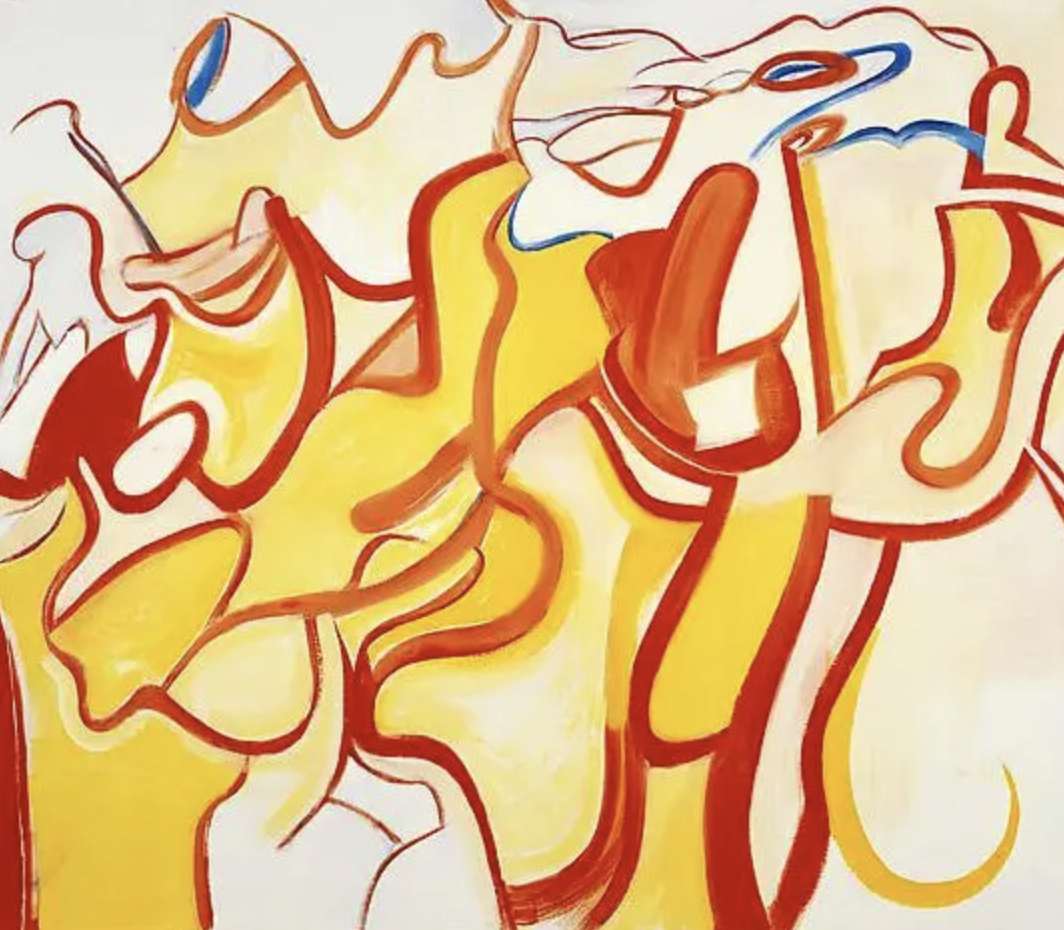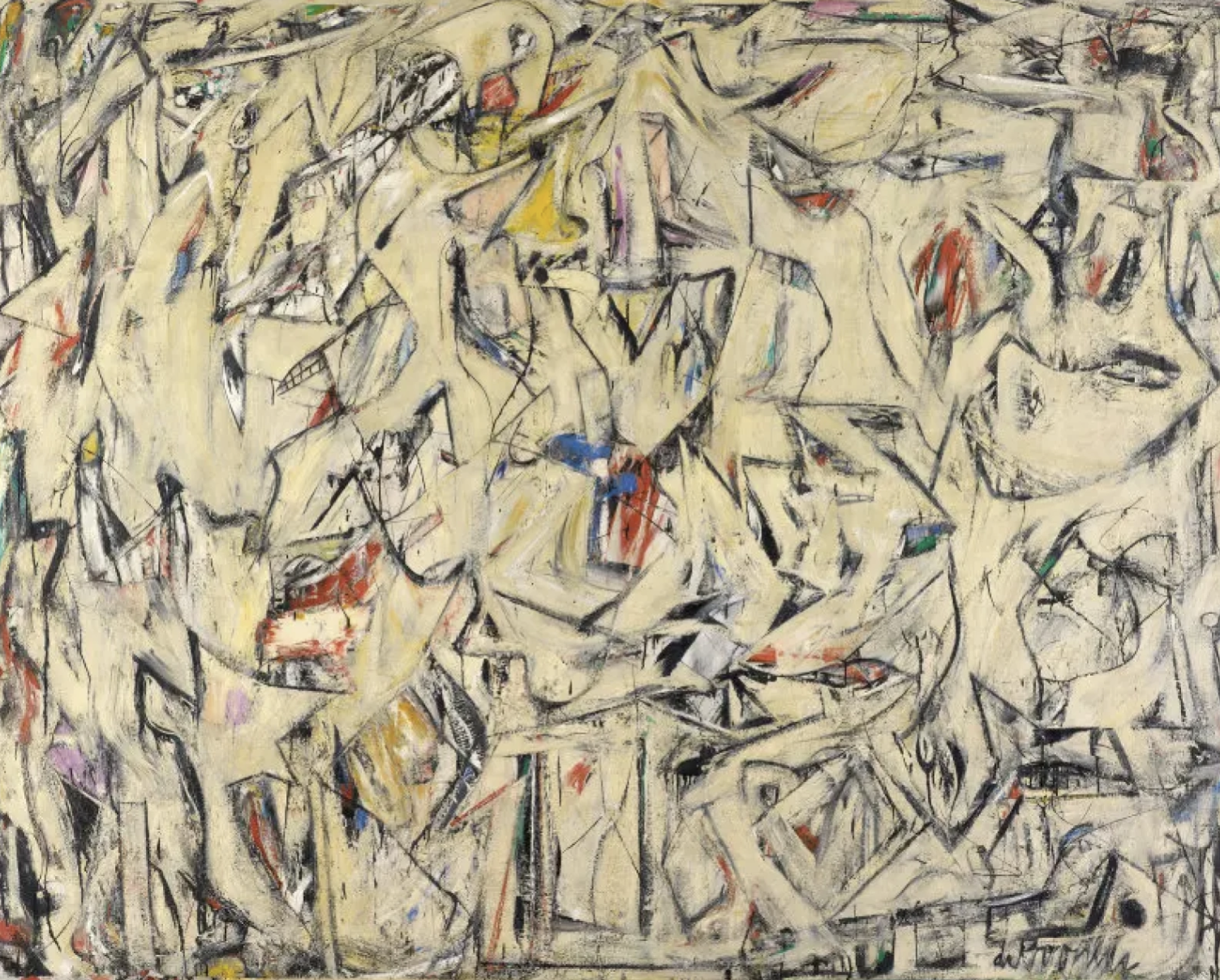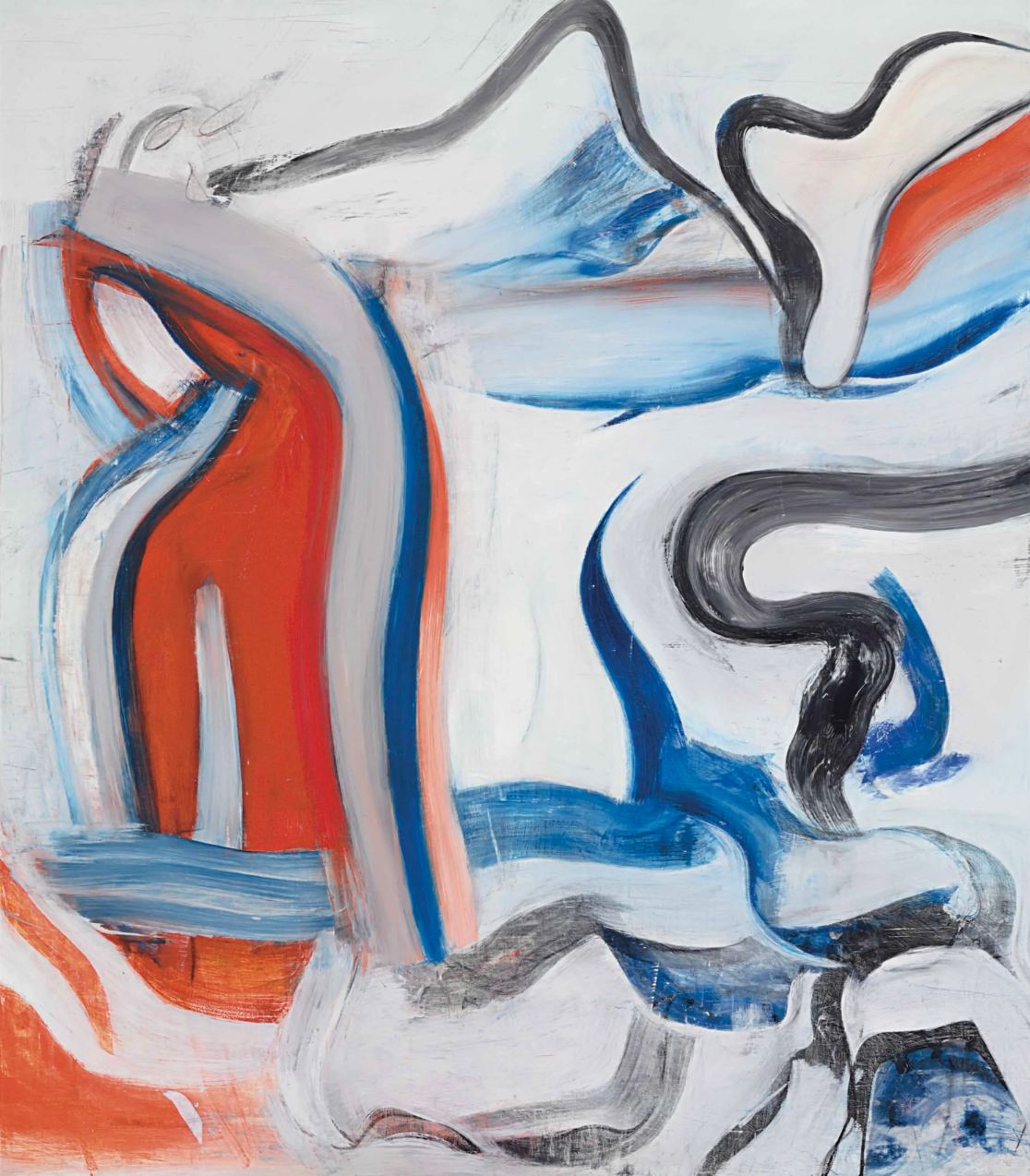Willem de Kooning: A Titan of Abstract Expressionism

Willem de Kooning, a titan of 20th century art, stands tall among the pioneers of the Abstract Expressionist movement. Born on April 24, 1904, in Rotterdam, Netherlands, de Kooning's journey from a traditional, academic art education to a radically expressive painter charts a significant chapter in the narrative of modern art.

Migrating to the United States as a stowaway in 1926, de Kooning settled in New York City, where he initially worked as a house painter and commercial artist. It wasn't until the 1930s that de Kooning began to emerge as a formidable figure in the art world, teaching at the influential Art Students League and starting to exhibit his work.
During these early years, de Kooning's work reflected a solid footing in figurative painting, combining elements of realism with hints of Cubist and Surrealist influences. His fascination with the human form, particularly the female body, would become a defining and enduring theme throughout his career.

However, it was in the 1940s that Willem de Kooning truly began to pivot towards the abstract. His series "Black Paintings," made with a limited palette and aggressive brushwork, captured the attention of the burgeoning New York art scene. By the late 1940s and early 1950s, de Kooning was a fully-fledged Abstract Expressionist, exploring dynamic, gestural techniques that expressed emotional resonance without relying on representational forms.
Despite the abstract tendencies of his peers, de Kooning never entirely abandoned the human figure. His most famous series of works, "Woman," begun in the 1950s, exemplifies his complex relationship with figuration. The "Woman" series integrated aggressive brushstrokes, vibrant color, and deconstructed, often aggressive, depictions of the female form. These works sparked much controversy and conversation within the art world, as they were seen both as a commentary on and a product of a predominantly male artistic community.

De Kooning's style continued to evolve in the ensuing decades. He moved to East Hampton, Long Island, in 1963, which influenced a shift in his oeuvre. His later works are characterized by lighter colors, a more fluid form of abstraction, and an airiness that contrasted with the dense, city-influenced works of his earlier period.
One of the most remarkable aspects of de Kooning's work is his fluidity between abstract and figurative painting. He challenged the boundaries of what abstract art could be and was particularly skilled at oscillating between these modes, often in the very same series of work. To de Kooning, the process of painting was just as important as the finished product, a philosophy that infused his work with a sense of spontaneity and liveliness.

De Kooning's influence extends well beyond his paintings. He was a mentor and inspiration to many younger artists, and his relentless experimentation and commitment to artistic innovation left an indelible mark on the American art scene. His works have been the subject of numerous retrospectives and remain highly coveted in the art market.
Willem de Kooning passed away on March 19, 1997, at the age of 92. His legacy lives on in the bold strokes, vibrant colors, and emotional intensity of his art. In de Kooning's own words, "I have to change to stay the same," a sentiment that perfectly encapsulates his lifelong pursuit of artistic growth and reinvention. Today, de Kooning is remembered not just as a master of abstract expression but as an artist who embodied the spirit of innovation, the complexity of form, and the continuous pursuit of artistic truth.
Теги
art.